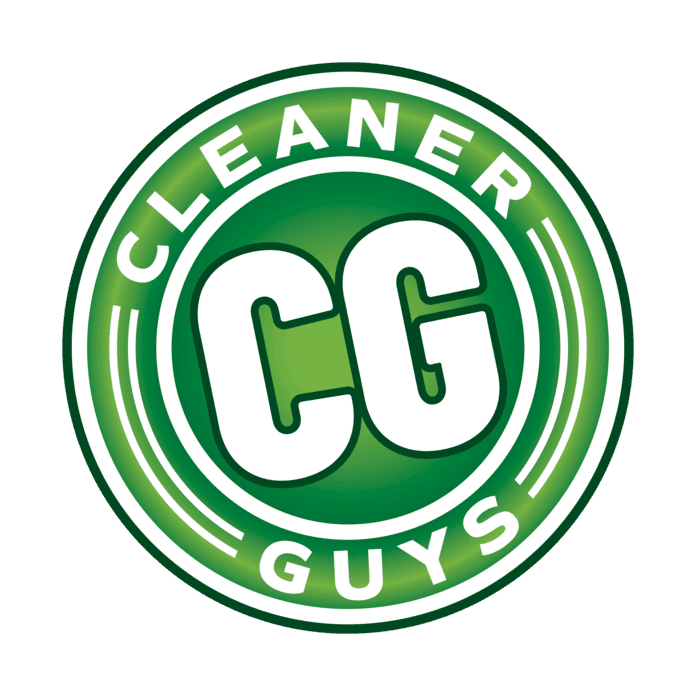Wondering “if I touch mold, what happens?” Maybe you’ve spotted mold, and you don’t know whether it’s safe to touch it. Maybe your child touched it, and you want to know if anything will happen. Or, maybe you already touched it yourself, and now you desperately need to know if you’re going to grow another head or not.
In this article, we’ll give you the quick and dirty rundown on whether you’ll be okay, what to know about the mold you’ve found… and what you probably accidentally triggered (and what to do about it).
Table of Contents
- Is It Bad If Mold Touches Your Skin?
- 3 Things You’ve Probably Triggered
- Did You Actually Touch Mold?
- When to Call the Professionals
First of All: Is It Bad If Mold Touches Your Skin?
In our experience as mold removal professionals of 20+ years, direct contact between mold and your skin does not usually cause harm. Some people may develop some skin irritation, but this is not all that common. This is backed up by the United States EPA.
If you did touch mold with your bare skin, it’s best to wash that area of skin immediately with soap and water and keep an eye on it for the next 24 hours to see if you develop any irritation.
None of our team has ever experienced skin irritation or rashes from the mold we deal with, but according to Healthline.com, the best remedies to try while you wait for any skin irritation to subside include antihistamines like Benadryl, and applying moisturizer, aloe vera, or an oatmeal bath to help reduce any itchiness or swelling. But again, skin irritation from contact with mold is not that common.
3 Things You’ve (Unfortunately) Probably Triggered
Now, unfortunately, mold is a fungi, and touching it usually does do several things. It’s best to know what your touch may have caused, so that you can recognize any of these things as they happen. You can even take proactive action against them (more on that in a later section).
Mold Spores
You may wonder after you’ve touched mold, “Does mold spread if you touch it?” The answer is yes. Mold is a fungus, which is neither plant nor animal, but like many plants, when you touch it, it releases something into the air. For mold, this is mold spores. Spores are mold’s microscopic reproductive cells, very similar to pollen in plants.
When you touch mold, it disturbs and releases invisible clouds of spores, just like dandelion seeds floating away. And these spores trigger the next two things you should know about.

Mold Sickness
When mold spores go floating around your home, they can sometimes cause mold sickness. Mold sickness has very similar symptoms to a cold or an allergic reaction. You may not even recognize that you or a loved one is suffering from mold sickness, and not a cold! These are some ways you can make a good guess as to which one it is.
Mold Spread
Just like with pollen, dandelion seeds, and all other forms of reproductive cells that plants release upon impact, mold spores float and spread with the sole purpose of propagating more mold.
If you find mold on an item like food or furniture, our advice is to throw it out immediately. Then create as much ventilation and air movement in your home as you can, as quickly as you can. Open windows and doors in the room the mold was in when you touched it. That will hopefully get the mold spores to float out of your home on a breeze. Then, for the next few weeks, we advise you to keep an eye out for any more mold growth. Here and here are two lists of some sneaky places mold can hide.
All the above advice is still true if you find and touch mold on a permanent surface in your home, like a wall. You can’t throw it out like you can a piece of food, but you should still follow our guidelines about ventilation, and watching for mold spread.
Did You Actually Touch Mold?
Thankfully, not all dark spotty stuff that looks like mold necessarily is mold. Another type of fungi, mildew, can also grow in the home, and is far easier to clean. It also doesn’t spread as rampantly! There are several distinct ways you can tell mold and mildew apart. For more on that, see this article.
When to Call the Professionals
There are some scenarios in which you can clean up mold yourself! Learn more about that here. If the mold was on an item, like food or a piece of furniture, you should throw it out (with gloves!) and ventilate the space as described above.
Perhaps the mold is on a permanent surface in your home. If it’s a small amount (as defined by our article here), you may safely try cleaning it off yourself. Try using the methods described in the same article.
However, if the area the mold covers is large, you are strongly advised not attempt to clean or remove it yourself. Widespread mold is nearly always rooted deeply into the surface it’s on, and will require professional mold removal. See this article for a guide on how to choose a trustworthy mold removal company.
Considering Cleaner Guys
If you live in Western Washington state, where Cleaner Guys is located, consider us as a knowledgable source for your mold removal needs. We have award-winning customer service, and are known to be extremely honest and unfailingly professional.
Disclaimer: This article is for informational purposes only. No part of this article is medical or legal advice, and may not be used as such. For all serious medical matters, consult your doctor. For all serious legal matters, consult your legal advisor. This article contains Cleaner Guys’ experience and opinions only.


